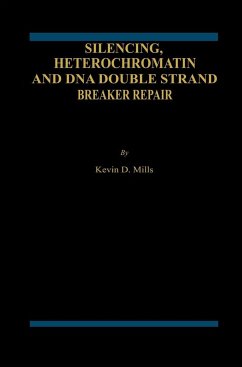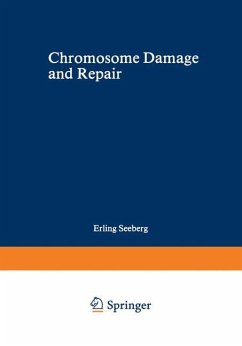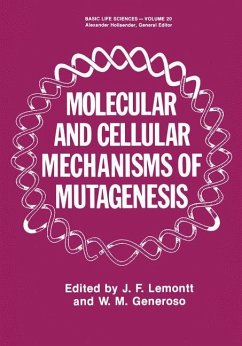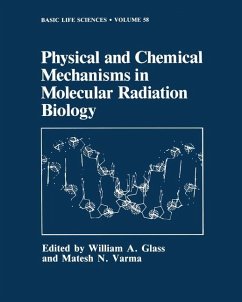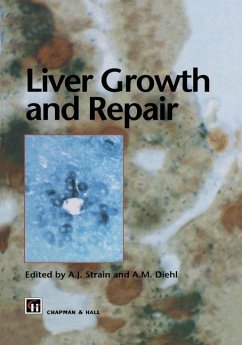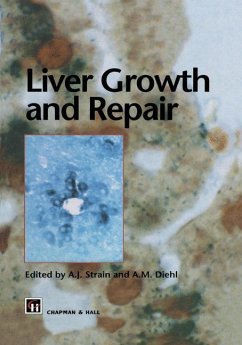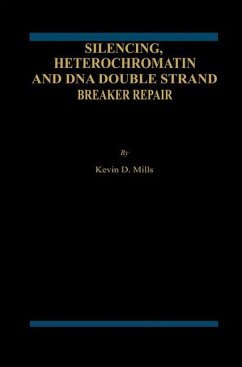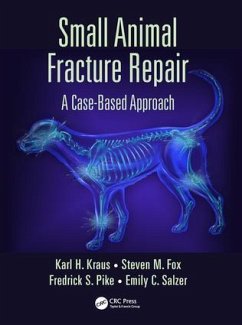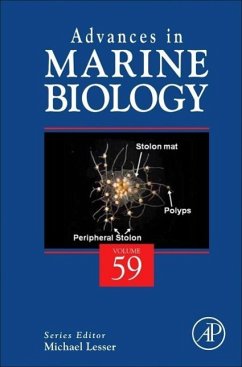
Molecular Mechanisms for Repair of DNA
Part B
Herausgegeben von Hanawalt, Philip
Versandkostenfrei!
Versandfertig in 1-2 Wochen
77,99 €
inkl. MwSt.

PAYBACK Punkte
39 °P sammeln!
The excision-repair of ultraviolet-induced lesions in DNA involves a recogni tion and incision step which is followed by excision of the damaged material, DNA repair resynthesis, and sealing of the fmal gap by polynucleotide ligase (e.g. Howard-Flanders, 1968). The initial incision step appears to require an endo nuclease which is absent in the uvrA and uvrR mutants of E. eoli K12 (Braun et al., Part A of this book). The polAl strains are deficient in DNA polymerase I activity (de Lucia and Cairns, 1969) and are partially deficient in repairing single-strand breaks in DNA (incision breaks) pro...
The excision-repair of ultraviolet-induced lesions in DNA involves a recogni tion and incision step which is followed by excision of the damaged material, DNA repair resynthesis, and sealing of the fmal gap by polynucleotide ligase (e.g. Howard-Flanders, 1968). The initial incision step appears to require an endo nuclease which is absent in the uvrA and uvrR mutants of E. eoli K12 (Braun et al., Part A of this book). The polAl strains are deficient in DNA polymerase I activity (de Lucia and Cairns, 1969) and are partially deficient in repairing single-strand breaks in DNA (incision breaks) produced by the excision-repair process (Kanner and Hanawalt, 1970; Paterson et al., 1971). Most of the repair of incision breaks which occurs in the polAl strain appears to require DNA polymerase III (Youngs and Smith, 1973b). Thus, both DNA polymerases I and III have been implicated in the DNA repair resynthesis step of the excision-repair process. Masker et al. (1973) have shown that DNA polymer ase 11 (deficient in polB mutants, Campbell et al., 1972) is involved in UV-induced repair replication in toluene-treated cells which lack both DNA polymerase I and normal DNA replication. However, DNA polymerase 11 is probably not involved in a major way in repair processes in vivo, since wild-type or polAl cells which also contain a polR mutation are no more sensitive to UV or X-radiation than the related polB+ strains (Campbell et al., 1972; Youngs and Smith, 1973e).






